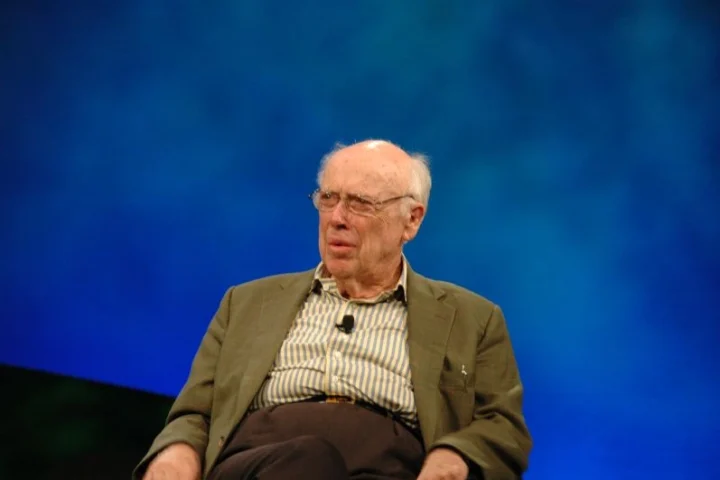The job market added 139,000 new positions in May 2025, beating the expected 125,000 jobs. The unemployment rate stayed at 4.2% for three straight months, showing stability despite economic challenges.
Workers saw bigger paychecks, with hourly pay jumping 0.4% in May and 3.9% compared to last year. This growth outpaced inflation, giving families more spending power at a time when many are still recovering from post-pandemic financial strains.
Healthcare led job creation with 62,000 new positions, while restaurants and hotels added 48,000 jobs. These gains directly translate to more opportunities for workers without specialized technical skills, particularly in service roles that can’t be automated.
“This report shows the job market standing tall, but as economic headwinds stack up, it’s only a matter of time before the job market starts straining,” said Daniel Zhao from job site Glassdoor.
The positive headline numbers hide some worrying details. March and April job counts were revised down by 95,000 combined. The federal government cut 22,000 jobs in May alone, with 59,000 positions eliminated since January. Manufacturing lost 8,000 jobs, and temporary worker agencies – often the first to show hiring slowdowns – dropped 20,000 positions.
Over the past 12 months, job growth has gradually cooled from the post-pandemic hiring boom. Monthly gains now average around 140,000 compared to over 200,000 a year ago, reflecting a more cautious business environment.
Similar Posts
The tech industry reveals a striking trend: AI and Machine Learning jobs grew 25% compared to last year, while the broader tech sector saw jobs decline by 5%. This shift means workers increasingly need specialized skills to land high-paying tech jobs, while general IT positions face pressure.
For typical families, this mixed job market means reasonable job security in healthcare and hospitality but growing uncertainty in manufacturing and government sectors. The wage increases help with grocery bills and gas prices, though housing costs remain challenging in many areas.
“Employees are staying put, employers are holding steady, and everyone is waiting for clearer signals,” said Ger Doyle from ManpowerGroup, capturing the current cautious mood.

The Federal Reserve watches these numbers closely as it decides whether to cut interest rates. Continued job growth with moderate wage increases might give them room to lower rates, potentially reducing mortgage and car loan costs for households later this year.
Stock markets responded positively to the report, with investors seeing signs of a “Goldilocks” economy – strong enough to avoid recession but not so hot as to trigger more inflation.


















